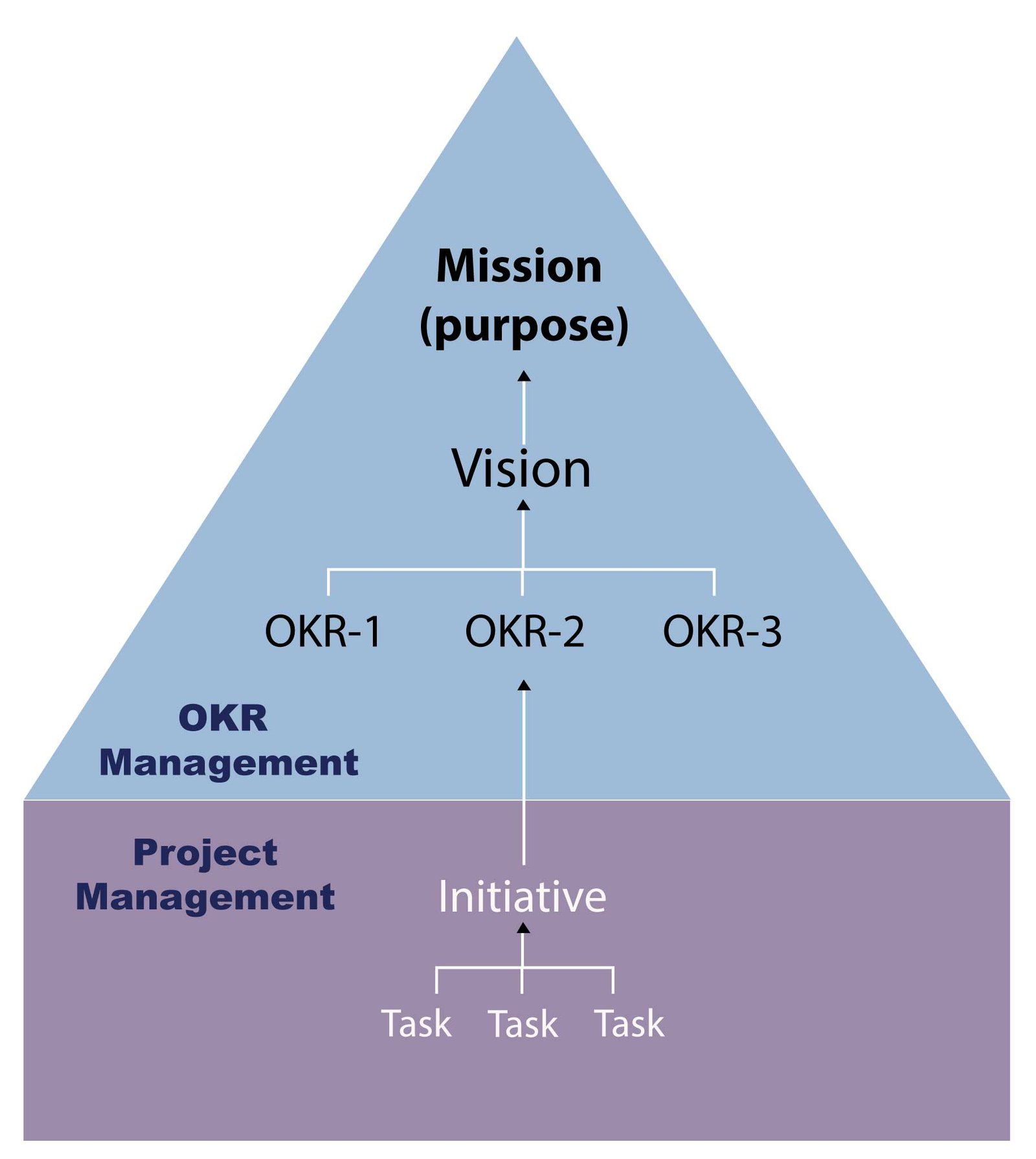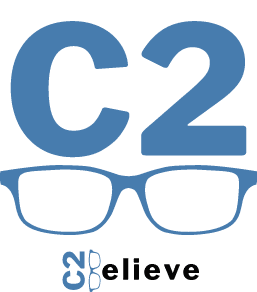Listen and follow
Introduction
How to write OKRs.
One of the most critical steps to learning OKRs is how to write appropriate Objectives and Key Results. At first, the concepts may seem easy, but there are nuances that you need to consider before moving forward with OKRs.
New to OKRs? See the video “What is OKR?”.

OKRs are simple to understand … at first.
In order to succeed at OKRs, you have to state your Objectives and Key Results clearly. OKRs are simple – you start with your Objective, which is the aspirational goal you want to achieve, such as:
Objective: Develop the world’s leading AI Python Code Generator system.
Then you need to list measurable outcomes, the key results that will prove that you have achieved your objective.
- Key Result 1 – Show AI coding can improve on manual coding time by 50%.
- Key Result 2 – Show AI coding can save costs up to 75%
- Key Result 3 – Show AI coding reduce customer reported bugs by 85%
Seems easy, right? But it’s not.
How to write a good Objective
Writing objectives follow some simple guidelines – Objectives should be :
- Inspirational – rally the troops behind a good cause
- Aspirational – stretch, improve, beat yesterday
- Clear – simple and easy for everyone to understand
- Attainable – aspire but keep it realistic
- Aligned – contribute to some overall company goal
Additionally, you should try to start an Objective with a Verb, because it is action oriented, gives a sense of direction, and is inspirational.
Objectives – Bad to Better to Good
Below are some bad to good examples of Objectives:
| Objective | Inspirational | Aspirational | Attainable | Clear | Score |
| Increase Sales | No | No | Yes | No | Bad |
| Increase sales 20% | No | Yes | Yes | No | Bad |
| Increase sales 500% | No | Yes | No | No | Bad |
| Achieve 10% world market share | Yes | Yes | Yes | No | Better |
| Achieve 10% world market share in our industry in 2 years | Yes | Yes | Yes | Yes | Good |
The above table is just for sake of example – industry, product, market will determine the context.
The point of the table above is that you have to learn how to judge a well-constructed Objective from an Objective that is not. You do this by going through a check list in your head.
Objectives should be aligned to upper level OKRs
All Objectives should be aligned in some way to upper level OKRs and eventually to the Mission and Visions of the company. Ignoring this is neglecting one of the key reasons for implementing OKRs – Alignment.
In practice, we add “to” at the end of an Objective to show some connection to upper level OKRs.
- Develop the world’s leading AI Python Code Generator system to boost our authority in AI software technologies
3 Types of OKRs
In the book “Measure what Matters”, John Doerr mentions two types of OKRs.
- Committed OKR – Must be reached (with high chance of success)
- Aspirational OKR – Optimistic but attainable goal (about 70% success rate at Google)
In the “Measure What Matters” OKR Certification program, a third type of OKR appears.
- Learning OKR – There is no tangible result, but the idea is that something must be learned before proceeding with a formal Committed or Aspirational OKR.
I find this in Tech Companies, who often need to do a feasibility analysis before proceeding with a project. The learning OKR will address “What are we trying to learn in 90 days”.
How to write a good Key Result
It’s common and tempting to start writing Key Results as a list of tasks.
For example:
Objective: Develop leading AI Python Code Generator
- Key Result: Research existing Programming Problems
- Key Result: Design Basic Features List that solves Problems
- Key Result: Coding
- Key Result: Testing
- Key Result: Prototyping
- Key Result: Develop Marketing Strategy
- Key Result: Product Sales
The Key Results listed above are not KRs – they are tasks that need to be performed. Objectives and KRs are the targets, not the tasks – This is a common hurdle for people just starting out at OKRs.
To stay true to building good KRs, there is a formula that OKR practitioners use.
The important Key Results Formula
We will (objective) as measured by (key result) .
- We will “Develop the world’s leading AI Python Code Generator”, as measured by “Showing AI coding can improve manual coding time by 50%”
Three Kinds of KRs
From Measure What Matters Certification course, they list 3 different types of Key Results.
- Input Key Results: These are simply measurable activities you must do to reach your objective. However, there are no discernible, tangible results from these activities.
Example: “Publish five blog posts on industry trends.”
- Output Key Results: These measurable results are the consequences of the “input” activities. They are usually trackable (progress-based) throughout the planning period.
Example: “Increase website traffic by 20%.”
- Outcome Key Results: These track the ultimate impact or “end result”. They are the most meaningful indicators of success. However they are not always trackable until the OKR is completed.
Example: “Boost customer retention rate by 10%.”
Otherwise, key results should be:
- Aspirational – stretched
- Clear – Describes without a doubt what outcome needs to be achieved.
- Timebound – due dates
- Measurable or Quantifiable – progress based unit of measure
But what about those Tasks?
Tasks are in the realm of Project Management, not OKRs. OKRs set the goals, Project Management executes the tasks to reach those KRs, which are left up to the teams assigned to the original KRs.
And what connects OKRs to Project Management is what we call “Initiatives”
Objectives > Key Results > Initiatives > Tasks
Everything after the Key Results are done by different teams, RD, Marketing, Operations etc.
Please see “OKRs in Project Management”

Objectives and KRs need appropriate ownership
Its important to assign an Objective or KR to a single owner in most cases – the saying goes if you have two people responsible for something, no one will be responsible.
Also, the owner must have the appropriate capabilities, training and facilities to fulfill the OKR.
Myths and Anomolies about OKRs
Myth 1 – Objectives shouldn’t contain numbers.
Some say don’t put numbers into your objectives, because numbers are not by themselves inspirational.
And yet we find this youtube Objective in “Measure What Matters”.
“Reach 1 billion hours of watch time per day [by 2016]”.
So it’s ok to have numbers in your Objectives.
Myth 2 – If your KR is not a number, it isn’t a KR
And yet we find the famous Intel’s Crush OKR with KRs as simple tasks. See KRs 2-4.
INTEL CORPORATE OBJECTIVE Establish the 8086 as the highest performance 16-bit microprocessor family, as measured by:
KEY RESULTS (Q2 1980)
- Develop and publish five benchmarks showing superior 8086 family performance (Applications).
- Repackage the entire 8086 family of products (Marketing).
- Get the 8MHz part into production (Engineering, Manufacturing).
- Sample the arithmetic coprocessor no later than June 15 (Engineering).
And you will find other examples in OKR books with occasional KRs that are not quantifiable.
Myth 3 – Objectives are inspirational, KRs are aspirational
Inspirational means to rally the troops for a good cause.
Aspirational means that you should stretch, push the limits.
Objectives can be both Inspirational and Aspirational. KRs should be aspirational, but at the same time, could be inspirational.
So Objectives and Key Results can be both.
Conclusion – How to write OKRs? Just do it.
At a glance, the idea of OKRs seem easy to understand. But in practice you will find the nuances of writing appropriate Objectives and Key results quite perplexing at times.
Part of the problem is interpreting the vocabulary and descriptions we find in OKR Books. Furthermore, anomalies and inconsistencies we find in literature sometimes adds to the confusion.
In the end, you just need to start creating OKRs, as Ben Lamorte extols in “The OKRs Field Book”. You will find that OKR is malleable, and you are allowed to tweak OKR to fit your particular industry, product and culture. As long as you follow the basic tenets of OKRs, it will still make a significant impact in your business.

References
Measure what Matters | How Google, Bobo and the Gates Foundation Rock the World with OKRs | John Doerr | Copyright 2018
Objectives and Key Results | Driving Focus, Alignment, and Engagement with OKRs | P. Niven and B. LaMorte | Copyright 2016
The OKRs Field Book | A Step-by-Step Guide for Objectives and key Results Coaches | Ben LaMorte | Copyright 2022
OKR Training Classes in Taiwan
C2believe provides OKR training with classtime, exercises, and coaching.
On Site or Off Site | English or Chinese | In Taiwan (or remote)
- Introduction to OKR for leadership (2 hours)
- Team OKR Class (18 hours) – Classtime, exercises and coaching
- 8-month OKR deployment (coaching and train the trainers)
Contact us about your OKR training needs here
Look who’s using OKRs.











0 Comments